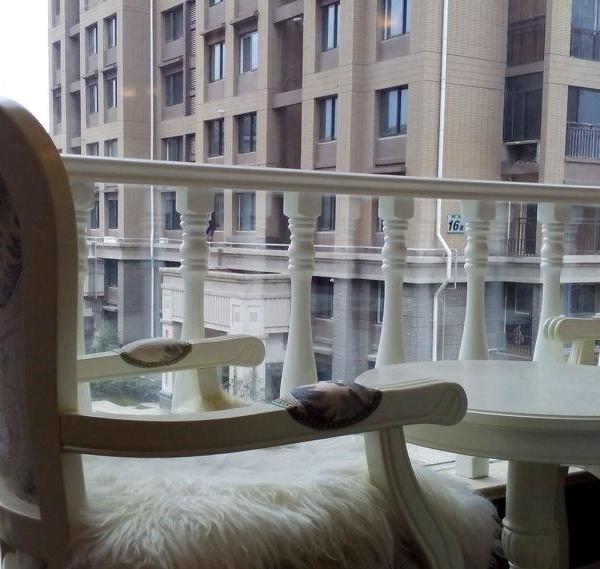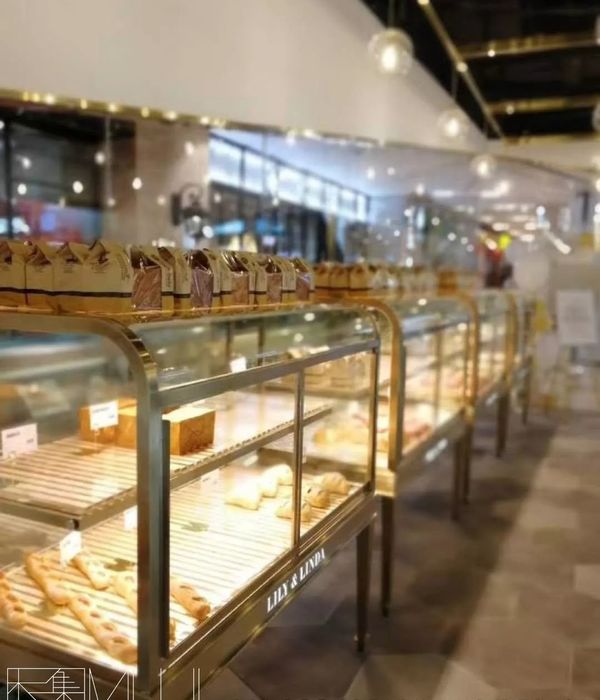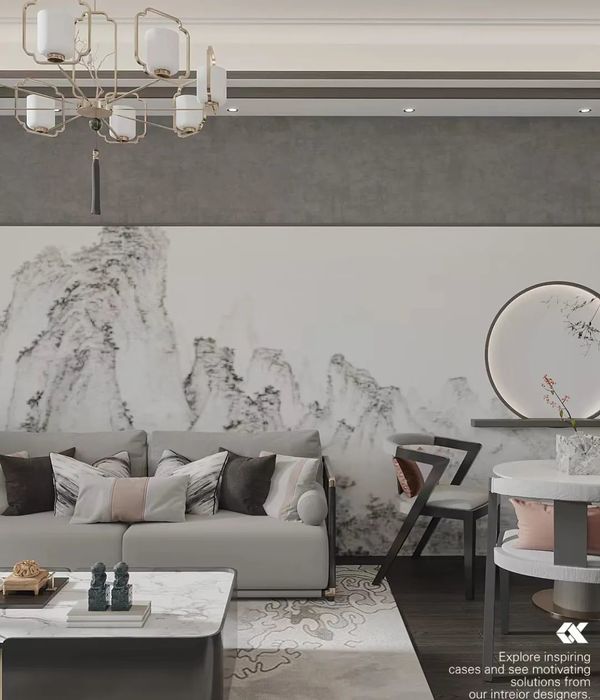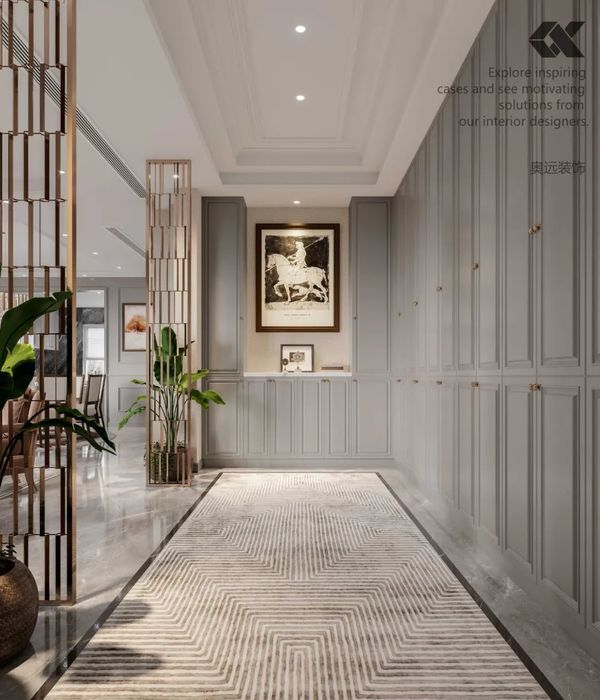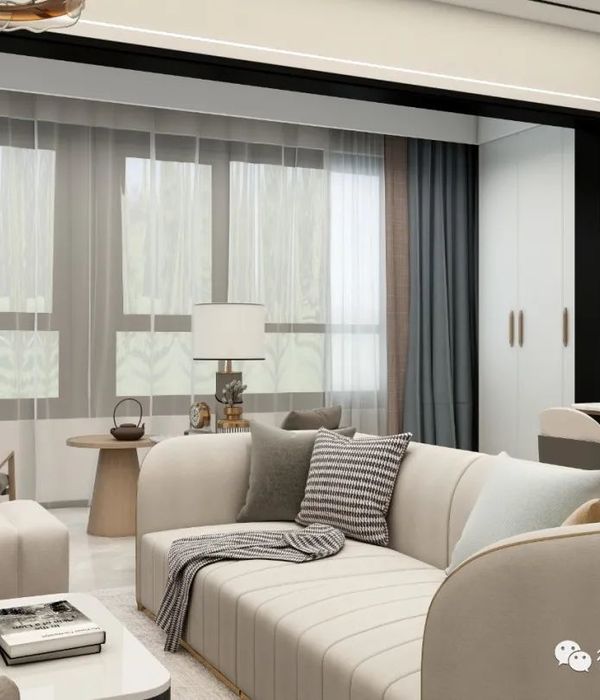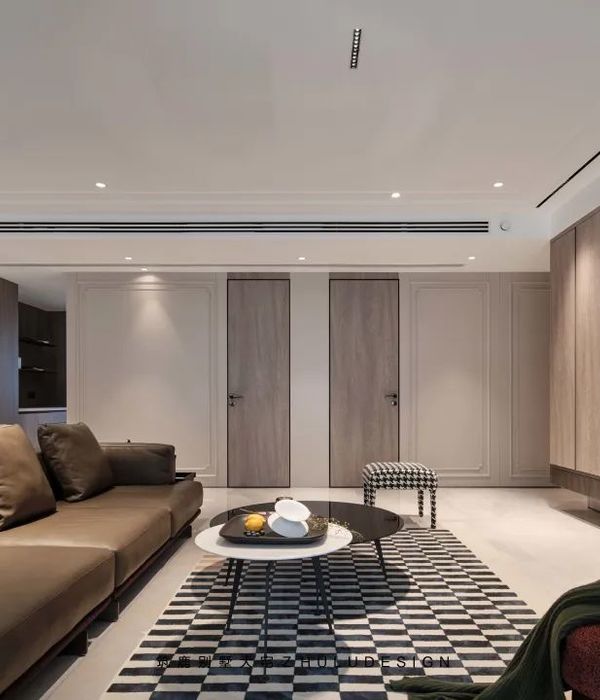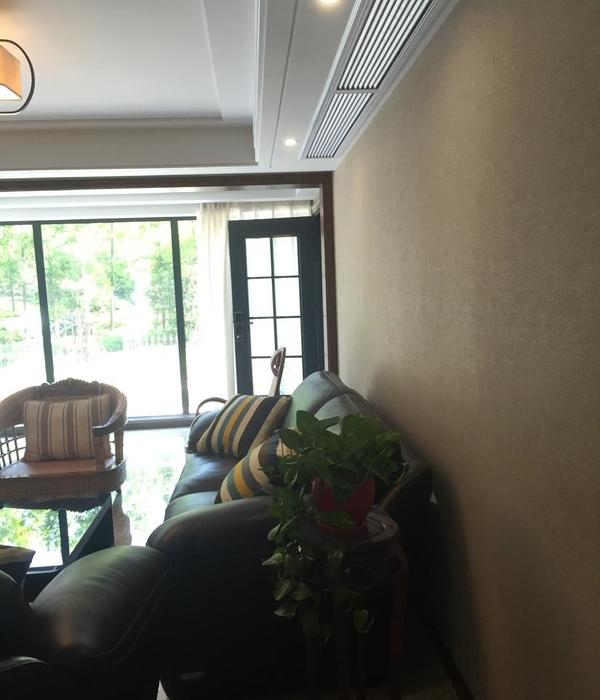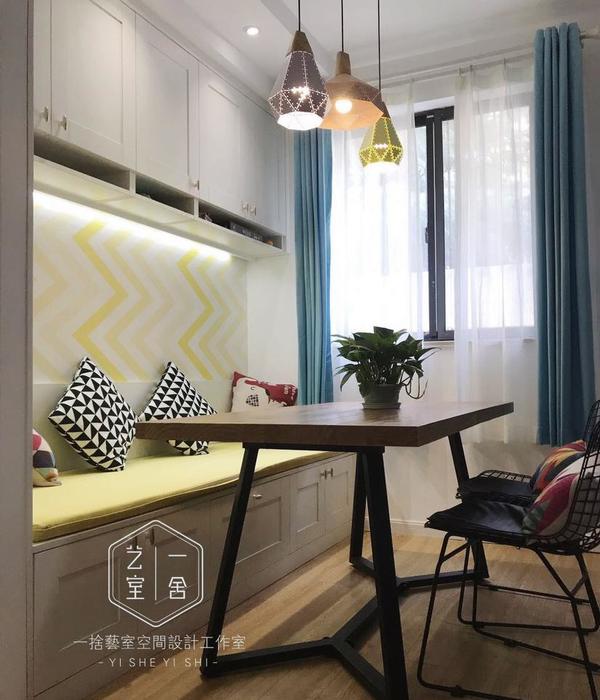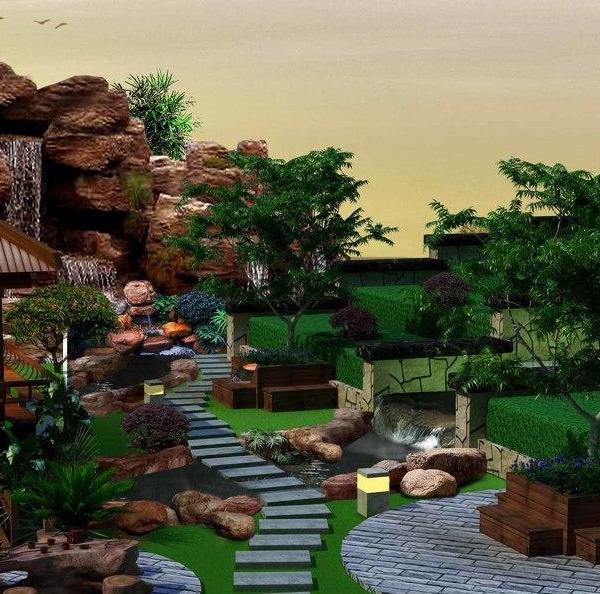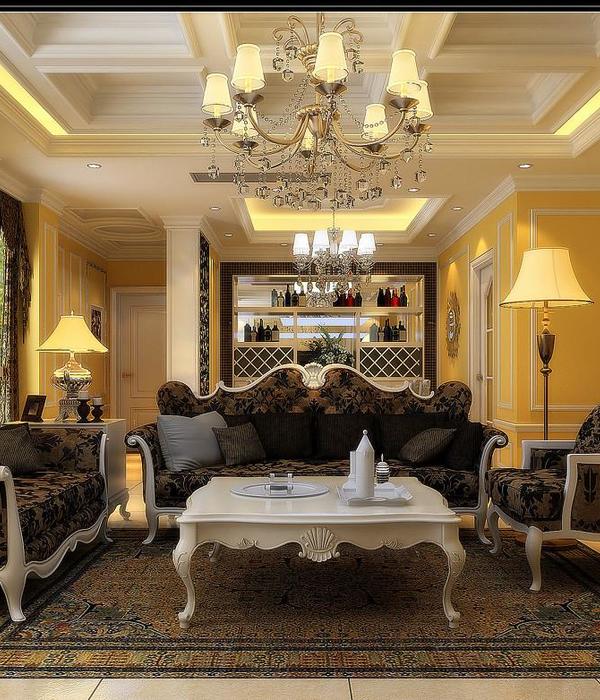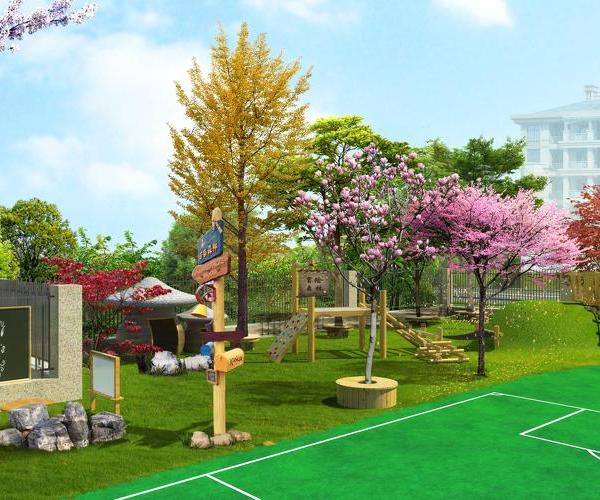▲社区合作伙伴:目前仍在持续的强有力的社区进程已经获得了众多利益相关者的支持,包括Restoration、Bed-Stuy Gateway BID和Fulton Arts Fair等合作伙伴,以及更广泛的社区。Community Partners. Our ongoing and robust community process has engaged stakeholders, including Restoration, the Bed-Stuy Gateway BID, and Fulton Arts Fair to name a few partners, as well as the broader neighborhood.
©
Restoration, OpenPlans, NYC Departments of Education and Planning, NYU School of Law, Richard Beavers Gallery, The Jewish Board, Turner, Brooklyn Community Board 3, Bed-Stuy Gateway BID
PROJECT NARRATIVE
Neighborhoods Now Initiative
In New York City and across the country, COVID-19’s uneven impact has become painfully evident, threatening to shutter small businesses and expand the racial wealth gap. In response, the Neighborhoods Now initiative formed by the Van Alen Institute and Urban Design Forum has connected neighborhoods hard-hit by the pandemic across New York City with design firms in order to collaborate and develop safe and effective reopening strategies. Each team developed tailored strategies with their community partners, contributing to a set of design recommendations, prototypes, and installations empowering communities to respond to their immediate needs while contributing to the city-wide strategy on pandemic response.⠀
The Restoration Team
As the nation’s first Community Development Corporation (CDC), Restoration has a deep legacy as an institution of respect and equality that partners with residents and businesses to improve the quality of life in Central Brooklyn through their four core centers—the Brooklyn Business Center, the Center for Healthy Neighborhoods, the Center for Personal Financial Health and RestorationART. Their headquarters, referred to as Restoration Plaza and known as the “town hall” of Central Brooklyn, receives more than 1.5 million visits per year related to arts, education, community engagement, non-profit services, and commerce. Our goal was to build upon and support the incredible work that Restoration is already doing and to help facilitate their reopening while leveraging their reach to engage the broader community. Restoration is already a model for other neighborhood groups and therefore our work together also serves as an inspiration that could potentially be replicable in other communities.
Community Conversations
We started with and maintained an ongoing and robust community process to engage with stakeholders and the broader neighborhood in order to ensure the design research and ideas were responsive to current needs and reflective of the community—all done during a time of social distancing and through virtual platforms.
A series of Community Conversations with focus groups were held to identify key challenges, as well as opportunities and aspirations being faced by the neighborhood-at-large. The subsequent Community Conversations event was broadcast live on the Restoration Facebook page with an invite distributed to 21,000 residents. Over 820 people tuned into the event live and the community was encouraged to post questions during the event so these could be addressed in real time during our conversation. A recording of the event is accessible via Facebook so those who were unable to join live could continue to view and respond to the video.
User-Friendly Communication & Mass Distribution
Posters – Some of the key needs as articulated by the community included clear COVID-19 related communications strategies in multiple languages for health, wayfinding, and reopening protocols. As part of the larger Neighborhoods Now initiative, Partner & Partners designed a series of posters as multilingual signage, including Arabic, Bengali, English, and Spanish versions, with the intention of being inclusive and reflective of the community. The posters encouraged the community to send in photos of themselves, with the graphics modeled after photos of individuals that make up the community. Available for free download online, the posters offer concise communication of protocols, allowing the user to self-select the ones that are most appropriate for their business with the ability to customize and fill in details that are specific to them.
Pamphlets – As a result of working with Restoration and the community, the Restoration Team also created customized pamphlets to educate and engage with tenants, users, and the community-at-large in a way that is clear, concise, and user-friendly, demystifying CDC, New York State, city, and federal guidelines. Through community pamphlet distribution and focused workshop events, the Restoration Team intends to provide Bedford-Stuyvesant residents, small business owners, and office workers with support, awareness, and education regarding reopening strategies.
Digital Guidebook – The team created a user-friendly digital guidebook, which is easily shared and available for download and mass dissemination online. The guidebook included reopening guidelines, design ideas for pop-ups that encourage the meaningful reuse of public and found spaces throughout the site and neighborhood, as well as ideas and strategies for longer term initiatives and partnerships. Inspired by Restoration’s ethos that healthy minds and bodies strengthen our community, projects promote mental and physical health and wellbeing.
Be A Good Neighbor Program
Longer term initiatives, which depend on sustained community engagement and deep collaboration with Restoration, contribute to a larger “Be A Good Neighbor” program, encouraging businesses and open spaces to work together to create a connected network that helps businesses reopen, greens the neighborhood, and builds community.
The Community Conversations informed a series of strategies for the community to come together. For example, outdoor cafes are not a priority in this neighborhood, as many businesses are located on high-traffic streets with takeout-only restaurants. This led to opportunities for secondary slow streets, green streets, and temporary street closures during off-peak times for pop-ups and community events. One idea was Bedford-Stuyvesant’s version of Smorgasbord, which included a spontaneous live community brainstorm, generating names such as “Stuy-borg,” “Smorga-Stuy” and “Bed-StuYummy.”
Another example is the “land swaps” concept that encourages resource sharing and repurposing of unused spaces within the neighborhood. This allows businesses in the neighborhood to support one another or use these spaces to provide public resources and services or space for community building initiatives. As part of this effort, the team built an inventory of vacant lots and storefront vacancies that can be temporarily repurposed and fitted out for use based on needs of the adjacent businesses and the community. This strategy led the team to work with city agencies to demonstrate the need in many communities for sidewalk right swaps and develop agreements and insurance structures that support this with an easy step-by-step process. The team also worked with agencies and the community to extend the NYC Open Restaurants Program to other uses, such as retail, beauty and barbershops, and sit-down social services.
Community Build Days
A series of Community Build Days included implementation of intuitive graphic wayfinding, greening efforts, and the first phase of Adopt-a-Square Murals, in collaboration with RestorationART. Graphic wayfinding makes use of the ground, walls, and stair risers, helping navigate visitors to Restoration services and signal that Restoration is open and still providing support and services for the community, including Restoration’s optimistic messaging, such as “You’re home, not alone.” “Living Decals” use greening and planting for de-densification, beautification, and as graphic cues and physical barriers to encourage social distancing, navigate visitors in and around the site, and provide an uplifting sense of vibrancy and life. The Adopt-a-Square Murals encourage social distancing while building community, showcasing history, memorializing loss, and celebrating strength in the neighborhood.
Sustained Engagement
The Neighborhoods Now initiative’s initial scope was a 6-week effort, but has turned into a long-term partnership, with the Restoration Team committing to providing ongoing pro-bono consultation services to Restoration and the community-at-large. The team recently led a small business workshop and continues to invite the community to reach out as new, unforeseen challenges are faced and reopening strategies are put in place. As guidelines change, our community pamphlets and reopening protocols are continually updated. The team also continues to offer support in finding additional resources, including legal, graphic design, public health, and other services.
As noted by Dyrnest Sinckler, EVP/COO of Restoration after one of our Community Build Days, “Over the course of the day we truly experienced ‘the best of community action with the best of the private enterprise system…Neither by itself is enough, but in their combination lies our hope for the future,’” quoting Robert F. Kennedy. As a collaborative model for community-led initiatives, this intentional communication strategy puts paramount importance on inclusive and participatory design with projects that build a safe and equitable community together.
{{item.text_origin}}

